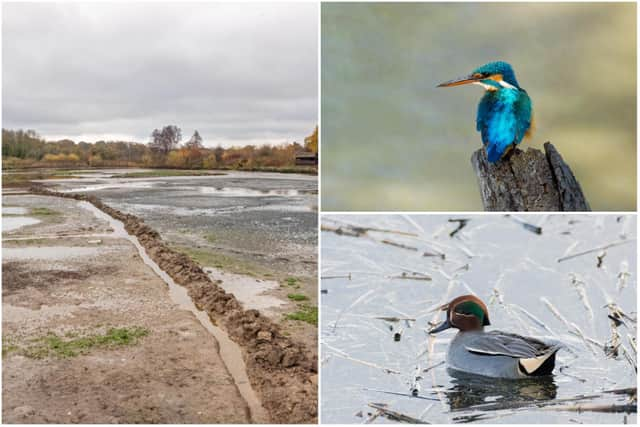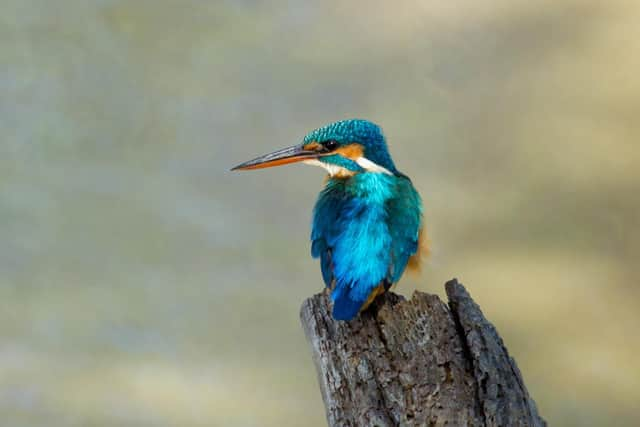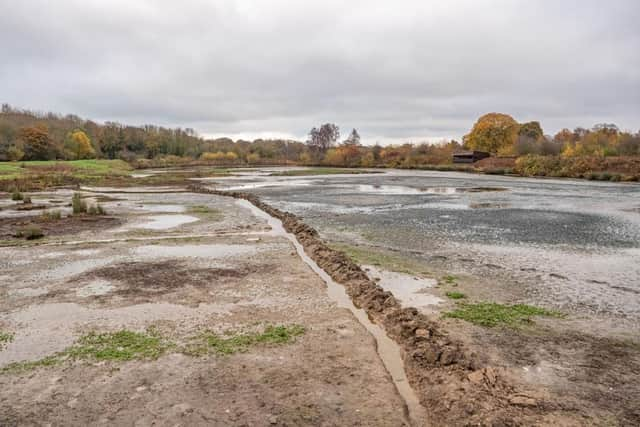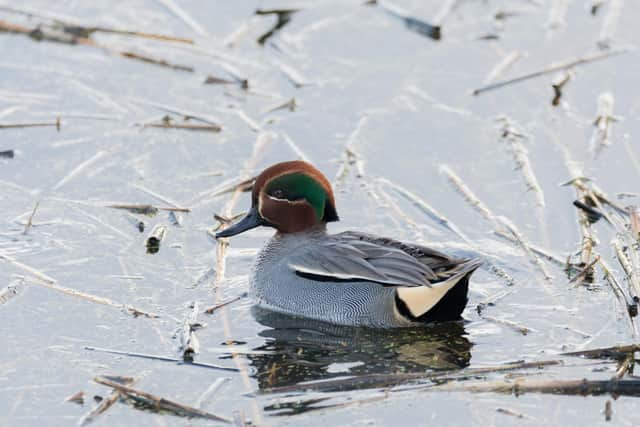Improvements made to attract more birds to Washington Wetland Centre lake take flight
and live on Freeview channel 276
Wader Lake, one of the Wearside site’s best wildlife hotspots, has been the focus of desilting works for more than a year.
To date, almost 1,000-tonnes of sediment have been removed – the equivalent of nine adult blue whales.
Advertisement
Hide AdAdvertisement
Hide AdThe long-term aim is to bring more bird species nearer to the hides overlooking the lake than ever before, by deepening areas for diving birds and creating milling space for small waders.


And while the developments may have looked dramatic at times – and very muddy – the efforts are already starting to reap some amazing rewards.
Reserve manager John Gowland, who is leading the project, said: “Wader Lake has been a focal point of our wild reserve since we opened in 1975, and is visited by thousands of birds each year.
“In that time, a huge amount of silt had built up and while it does have some benefits, we needed to remove it in order for visitors to experience nature in the way that we wanted.


Advertisement
Hide AdAdvertisement
Hide Ad“During the first phase last September, we removed the silt and dug deeper areas in front of Northumbrian Water hide, at the west end of the lake.
“Water is now retained much more effectively here, even during dry spells, and this, as well as the introduction of natural perching posts, has resulted in some fantastic wildlife highlights.
“We’ve had increased kingfisher sightings and more common tern, redshank and teal regularly seen around the hide, something that was relatively uncommon before the project began.
“Then, just this week, 41 goosander were noted roosting near the hide overnight, which is a new site record.”


Advertisement
Hide AdAdvertisement
Hide AdIn November this year, phase 2 of the project saw the middle of Wader Lake excavated to its original depth.
This means it too can hold water for longer during dry spells and fish populations will become established going forward, supporting birds including grey heron, little egret and kingfisher.
The lower parts of the lake will also retain water better, allowing wading birds like lapwing and avocet to feed in the soft wet mud more during summer.
“The silt from this latest phase was rehomed along the bank of Wader Lake, to the left of Paddy Fleming hide”, added John.


Advertisement
Hide AdAdvertisement
Hide Ad“This has not only created a wider space in which the reserve team can carry out maintenance, but also provided extra habitat and milling space for smaller bird species such as red-listed lapwing.
“The initial works to the west of the lake have been a huge success and as we head into the winter, we are hopeful that visitors such as goosander and goldeneye and diving ducks such as tufted duck and possibly pochard will soon make use of the latest improvements too.”
Silt is a common material, making up 45% of average modern mud. It has particles in size between sand and clay, presenting as a soil (often mixed with sand or clay) or as sediment, mixed during movement with water.
It travels through water bodies and channels, such as those around our site, where it is carried down to Wader Lake and creates a silt layer under the surface of the water.
